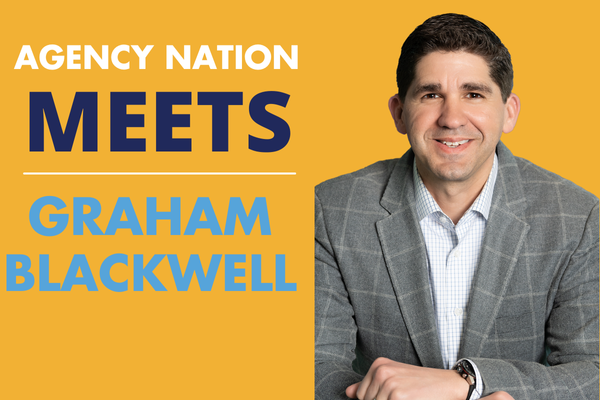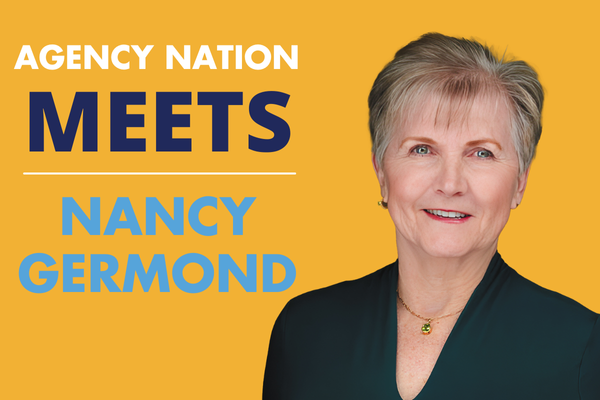3 Emerging Demographics That May Need a Personal Umbrella

By: Jacquelyn Connelly
Among the most common personal umbrella myths is the idea that this type of policy is only for the wealthy.
Sure, an affluent client may need more coverage than the Average Joe, but that’s true in all lines—greater risk always requires more comprehensive insurance, but that doesn’t mean someone with a lower risk has no risk at all.
“If you think you’re not rich enough to have an umbrella, are you rich enough to pay $1 million out of your own pocket?” points out Bill Gatewood, vice president and director, Personal Insurance Center of Excellence at Burns & Wilcox. “I hate to see those situations where people get financially ruined because of a judgment rendered against them that’s unfunded by insurance.”
Gatewood believes the personal umbrella is the most undersold coverage in the insurance business. “I tell agents when I talk to them, ‘This is not a coverage people buy—it’s something that has to be sold to them,’” he says. “It’s optional in the sense that it’s not mandatory, but the coverage is so broad when you think about all the liability exposures that exist today.”
“It sounds trite, but the simplest thing is to just offer it,” agrees Eric Raudins, vice president, Specialty Personal Lines at RLI Insurance Company. “Everybody knows they have to insure their car and their home. You don’t have to buy an umbrella policy, so there’s going to be very few people who walk into an agency and sit down and say, ‘I need an umbrella.’”
But once you explain that a personal umbrella can afford someone $1 million of coverage for a dollar a day, “they sell fairly quickly,” Raudins points out. “It’s really just making the offer.”
Here are three demographics emerging as great targets for the personal umbrella pitch:
1) Multigenerational households. The boomerang kid phenomenon has been well-documented—returning home to live with one’s parents is a pervasive stereotype of the millennial generation.
But in addition to “adult children coming home to roost,” Raudins says, “in recent history, you see more and more people who have elderly parents coming to live with them as well. Both adult children and elderly parents entering the household pose an additional risk to that insured.”
Consider the adult child who brings their own vehicle home with them. “Typically, the umbrella will extend to them as a qualifying member of the household. But your umbrella agent may not be writing the auto for that adult child,” Raudins points out. “At the bare minimum, you need to make sure they have proper underlying limits on their auto.”
2) Millennials. On the other end of the spectrum from boomerang kids, the oldest millennials are getting ready to settle down. “They’re in their early 30s. They’re having kids and acquiring assets,” Raudins says. “They’re very much becoming a target audience for us just by virtue of the fact that they are aging. I’d like to see more of that segment of the population buying umbrellas.”
But how to sell an optional policy to a generation that gravitates toward deals and disruptors? In recent focus group research, RLI discovered that out of a wide variety of insurance products, millennials are most interested in uninsured/underinsured motorist coverage.
“Nobody saw that coming,” Raudins says—but the higher UM/UIM limits afforded by a personal umbrella may be all you need to talk about to convince a millennial the policy is worth their while. “That’s really nice extra protection against the 30% of the population that might be uninsured or underinsured.”
3) Parents with teenagers. Gatewood brings up another issue that many parents aren’t necessarily thinking about: the online and mobile behavior of their school-age children.
“You have to think about the things your kids might say or do on social media that could create a liability exposure for your family,” Gatewood points out. “What happens if your kid is the one who’s bullying another kid, or posts something on social media that gets seen by millions of people and causes embarrassment or damage to somebody else?”
Although Gatewood believes the insurance industry “hasn’t fully vetted out the liability exposures of social media,” it’s an issue agents need to be discussing with their clients. “We always talk about cyber from the standpoint of people hacking into your system and people hurting you, but I think we have to start looking at the flip side,” he says.
“I think you’re going to see carriers be very, very careful about the coverage they extend in that arena,” Raudins adds. “In a lot of cases, cyberbullying is an intentional act, and most insurance policies are not structured to cover intentional acts. It’s unpredictable territory.”
Jacquelyn Connelly is IA senior editor.










